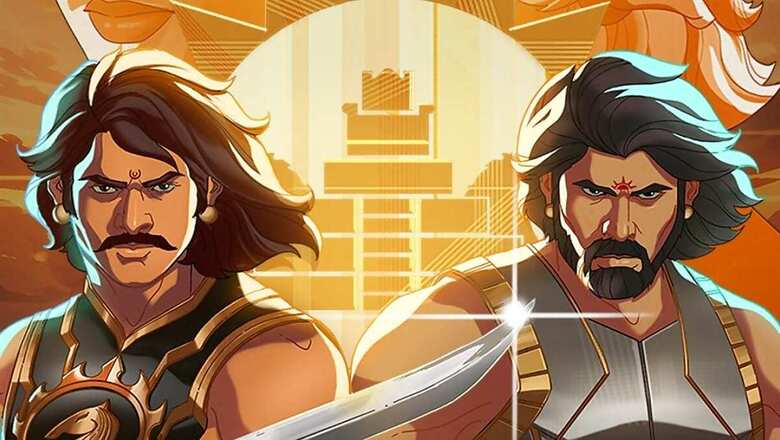
views
In a truly mesmerizing turn of events, the boundless universe of Mahishmati reveals new layers of complexity and intrigue as SS Rajamouli masterfully unveils a prequel brimming with heart-pounding action and captivating drama, pushing the boundaries of storytelling to remarkable heights. Baahubali: Crown Of Blood emerges as a profound and gripping prologue that meticulously weaves together the intricate destinies of Amarendra Baahubali, his formidable brother Bhallaladeva, and the shadows of Mahishmati’s dark and twisted history, shedding light on untold secrets and unresolved mysteries that resonate deeply with the soul of the saga.
This 9-episode long animated series brought to life by Sharad Devarajan, Jeevan J. Kang, Shivangi Singh and others is more than just a visual treat. It unravels a fast-paced narrative, spearheaded by a new looming danger-Raktadeva, whose source of strength poses a grave threat to Sivagami Devi’s kingdom.
Baahubali: Crown Of Blood is set several years before the events of Baahubali: The Beginning. The familiar voice of Katappa, juxtaposed with the iconic scenes from the Baahubali movies serves as a recap. It fluidly segues to the time when the fate of Mahishmati was rocked by a challenge quite unlike they had faced in the past. The grand court of Sivagami is stormed by some diplomats from the Garuda Kingdom, who levy accusations that their holy relic was stolen by Sivagami’s forces. They threaten her with the dire consequences of war if they don’t get back the same.
As a counter, the ever-impulsive Bhallaldeva is ready to lock horns with them but Baahubali suspects something unusual about this conspiracy. To evade the possibility of bloodshed, his investigation leads him to the tribe of savages called Kaalkeya, who reside somewhere in the rocky terrains of the Kingdom. Rightfully so, the Garuda relic is brandished by their leader, as they rejoice and celebrate. Their merriment is interrupted by Baahubali who launches an offensive and bravely decimates them to the dust.
Yet saving the day once again, Baahubali returns the relic to the envoys of Garuda Kingdom, to the dismay of his brother Bhallaldeva. Suspecting a bigger conspiracy behind this, we witness a cheeky banter between Baahubali and Katappa, as they brandish their wooden swords and practice on the training grounds. Just when Katappa humorously mocks Baahubali for avoiding a war, their persiflage is cut short by a panicking soldier who informs them about an attack outside the perimeter of Mahishmati.
Upon their sombre arrival at the macabre tableau of lifeless elders hanging ominously from aged branches, the tranquillity of the moment is shattered by the sudden onslaught of a merciless horde, commanded by the formidable and fearsome figure of Raktadeva. His countenance etched with wrath and power, his sinewy form exuding a palpable aura of dread, he brandishes a uniquely sinister blade, the very embodiment of menace and lethal prowess.
In a clash of titans, Katappa faces the brutal might of Raktadeva in a breathtaking ballet of steel and defiance. Despite his unwavering courage and expert skill, Katappa soon finds himself outmatched by the sheer ferocity and strength of his adversary, the resounding split of his sword a testament to Raktadeva’s dominance.
Meanwhile, the valiant forces of Baahubali wage a desperate battle against the relentless tide of Raktadeva’s strategically superior army. As the thunderous advance of a futuristic tank, belching forth molten fury, heralds a new wave of peril, armed with a menacing rotor blade poised for carnage, Baahubali stands resolute against the tide of overwhelming power, his spirit undaunted amidst the chaos and cacophony of war’s cruel reality.
Back in Mahishmati, a restless and impatient Sivagami awaits the return of her son, while Bhallaldeva has his fingers crossed, hoping for a fateful end to Baahubali’s reign. Katappa returns with only a handful of soldiers and a fallen cadaver, beckoning a mournful tide that he is unable to save Baahubali. Fuming with rage, Sivagami slaps and berates Katappa and orders him into a life of exile for not upholding his duty.
Drowning with humiliation, Katappa travels beyond the kingdom of Mahishmati, resorting to alcohol and eventually crossing paths with the soldiers commanded by Raktadeva. While he joins them, there is more that what meets the eyes. The series peels off the mystery behind Raktadeva’s origin, his intention to wreak havoc upon Sivagami, Bhallaldeva and the flourishing realm of Mahishmati, his tragic and woeful past and the secret behind his destructive strength, through one episode at a time.
Baahubali: Crown Of Blood shines through because of its realistic animation, catapulted by the team of SS Rajamouli and Sharad Devarajan. The landscape and characters from the universe of Baahubali don’t get compromised while being translated into animation, a rarity among the animated series produced in India. The pace of the story, with its twists and turns is punctuated by the numerous lores around the characters.
In a masterstroke of storytelling, the creators delve into the murky depths of Bhallaldeva’s past, unravelling the tumultuous events that forged him into a vessel of seething resentment, consumed by an insatiable thirst for the throne of Mahishmati and a fit of venomous jealousy towards Baahubali. Simultaneously, they preserve the astonishing technological marvels of the Baahubali Universe, bestowing upon viewers a mesmerizing fusion of ancient grandeur and future innovation.
The relentless cadence of Baahubali: Crown Of Blood’s narrative pulses with palpable excitement, offering a medley of enthralling elements sure to keep audiences perched on the edge of their seats. From heart-pounding combat sequences to soul-stirring interactions between Baahubali and the denizens of Mahishmati, each frame brims with a kaleidoscope of emotions and resonant dialogues that ensnare the imagination. The evolution of characters like Raktadeva and Koteshwar, coupled with an electrifying climax and a tantalizing cliffhanger, ensures that Baahubali: Crown Of Blood stands as a testament to the art of riveting storytelling, an invigorating spectacle that captivates and enthralls with each passing moment.
However, the series is not devoid of flaws, primarily because of its simplistic treatment, allowing clichés to seep into the cracks, replete within its storyline. The anticipation in some scenes gets perforated by predictability, dimming its impact.
Sharad Kelkar as the voice of Baahubali and Rajesh Khattar as the voice of Raktadeva evokes realism and authority. Samay Thakkar as Katappa, Manoj Pande as Bhallaldeva, Deepak Sinha as Bijjaldeva, Pramod Mathur as Koteshwar bring life to their respective characters. Adding to the grandeur of the universe of Mahishmati, Kaala Bhairava’s background score beautifully encompasses the beauty of this animated series.
To sum it up, Baahubali: Crown Of Blood, despite its imperfections, opens a new portal into the rich world of Mahishmati, and the vast possibilities it holds in terms of its expansion. The groundbreaking animation style, at par with some of the most popular animes of Japan, ushers a new age of storytelling.











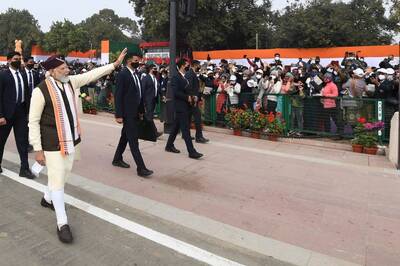
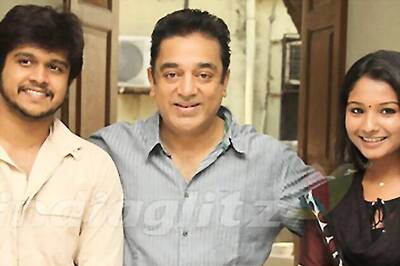




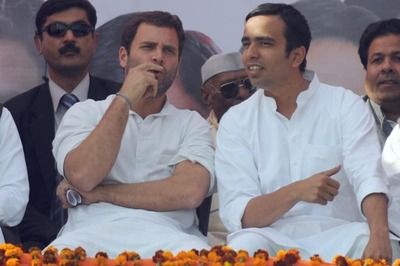
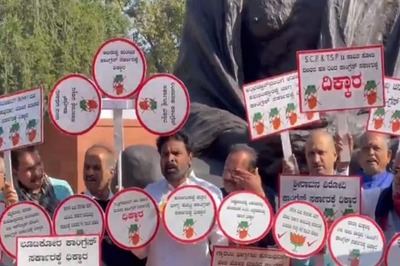

Comments
0 comment